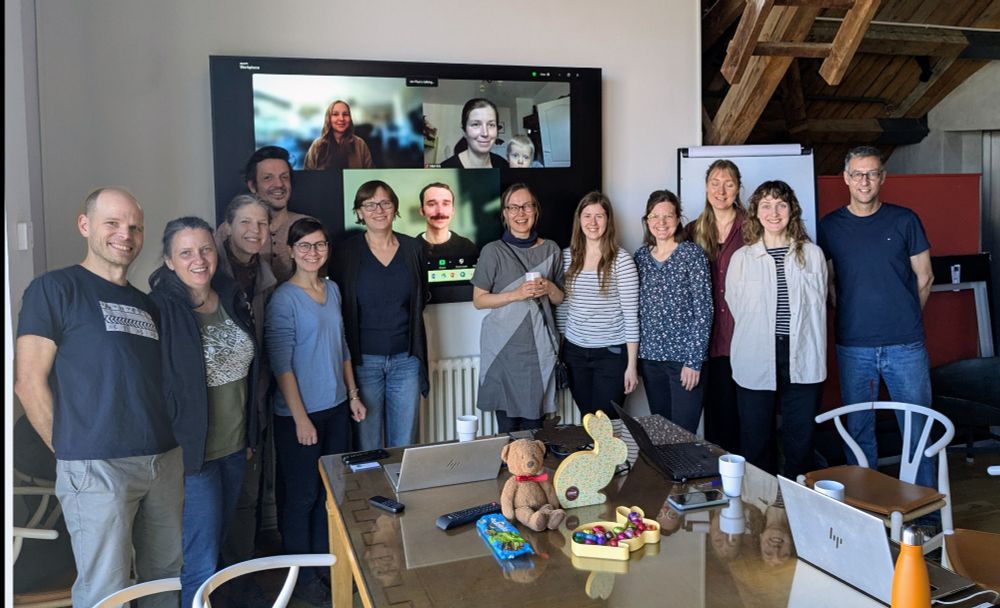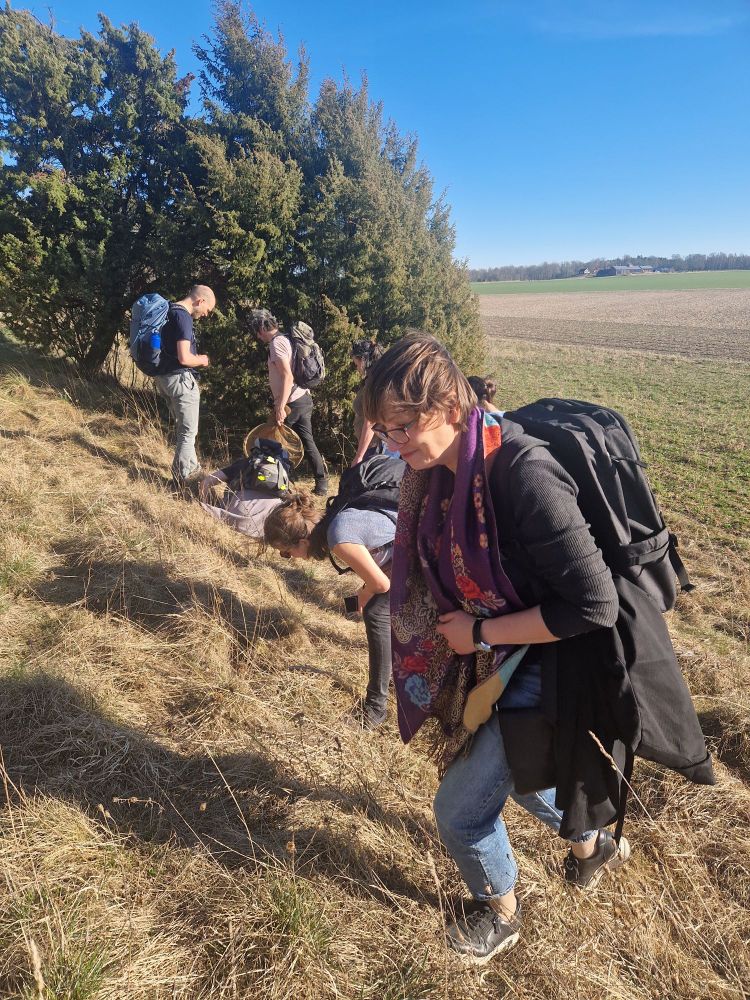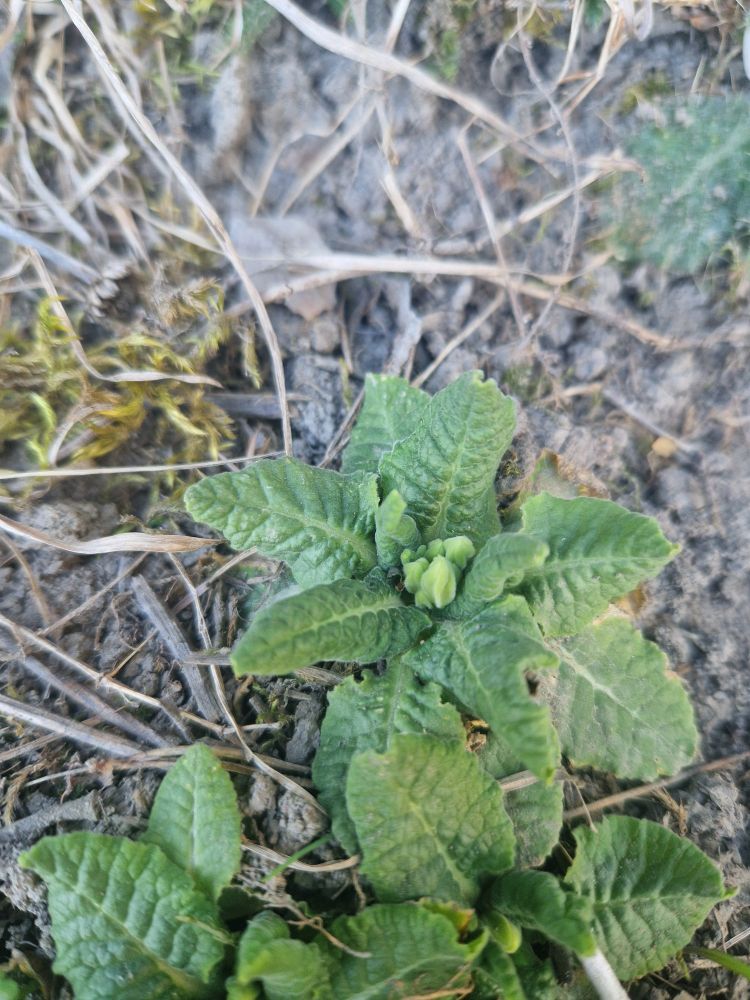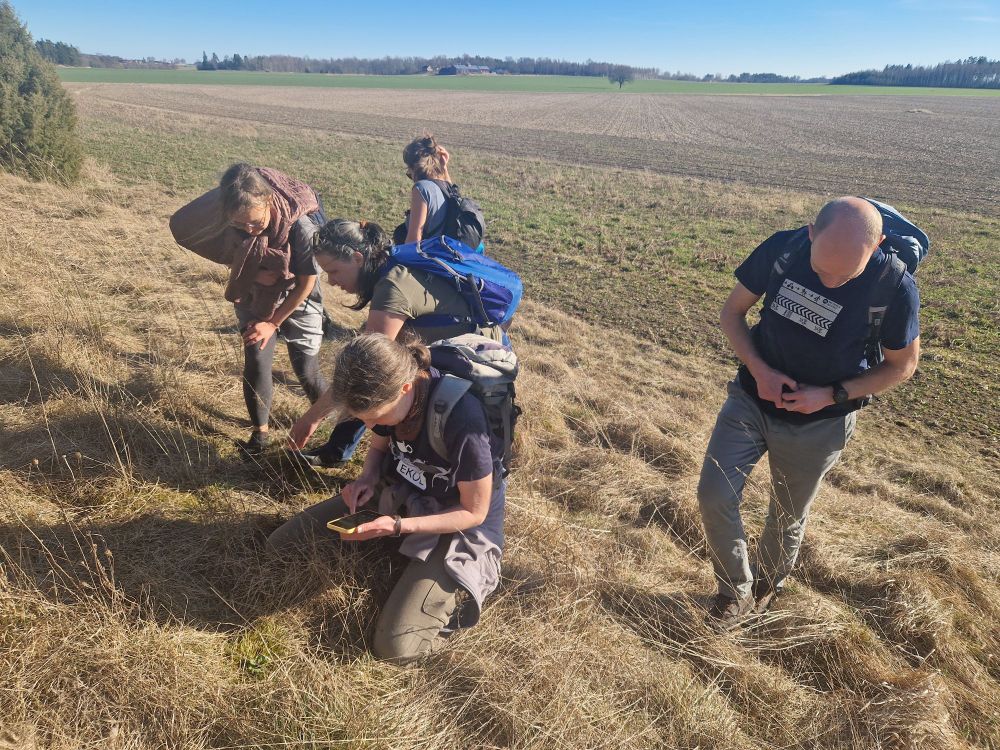
pollination.ut.ee
@klivvvienna.bsky.social @pollinationut.bsky.social




📍FIWI, 1160 Wien or online 👩💻
→ vetmeduni.ac.at/fiwi/seminar...
📢 Tip for students: The participation is recognised as an elective! (KV 128 804) @klivvvienna.bsky.social

👉 doi.org/p89v

👉 doi.org/p89v
The study was led by Dr Marianne Kivastik from our workgroup and was part of her PhD thesis that she successfuly defended in spring.
Article 👉 doi.org/p63x
Thesis 👉 dspace.ut.ee/items/a8dd02...
👉 doi.org/p63x
@pollinationut.bsky.social
#PlantScience

The study was led by Dr Marianne Kivastik from our workgroup and was part of her PhD thesis that she successfuly defended in spring.
Article 👉 doi.org/p63x
Thesis 👉 dspace.ut.ee/items/a8dd02...
We also had a short trip to one of the Swedish project sites, where we found already first cowslip leaves and pollinators 🌻🐝




We also had a short trip to one of the Swedish project sites, where we found already first cowslip leaves and pollinators 🌻🐝
Data from 5,200+ locations revealed 9% more short-styled flowers (S-morph), linked to climate change & land use. 🌍
Read more👉 ut.ee/en/news/thou...
Thousands of European citizen scientists helped identify shifts in the #floral traits of #insect-#pollinated #plants: besjournals.onlinelibrary.wiley.com/doi/10.1111/...

Data from 5,200+ locations revealed 9% more short-styled flowers (S-morph), linked to climate change & land use. 🌍
Read more👉 ut.ee/en/news/thou...

